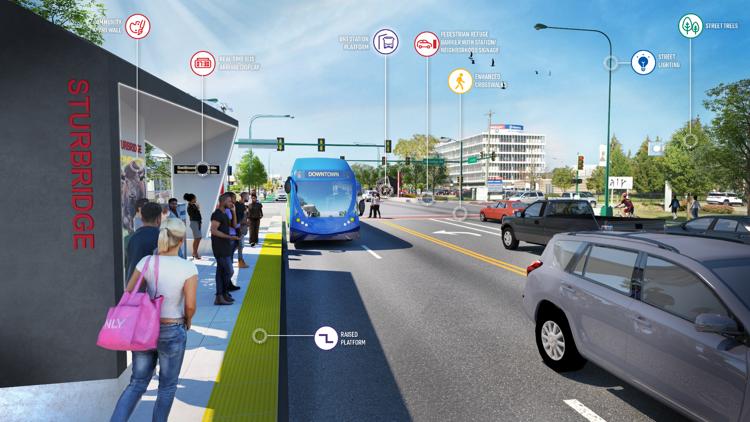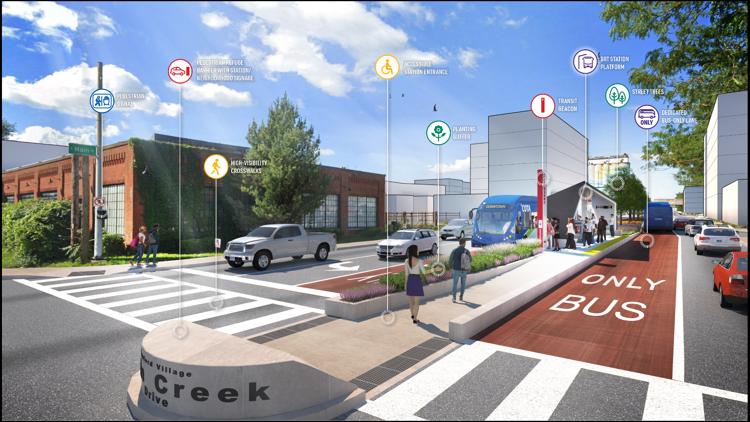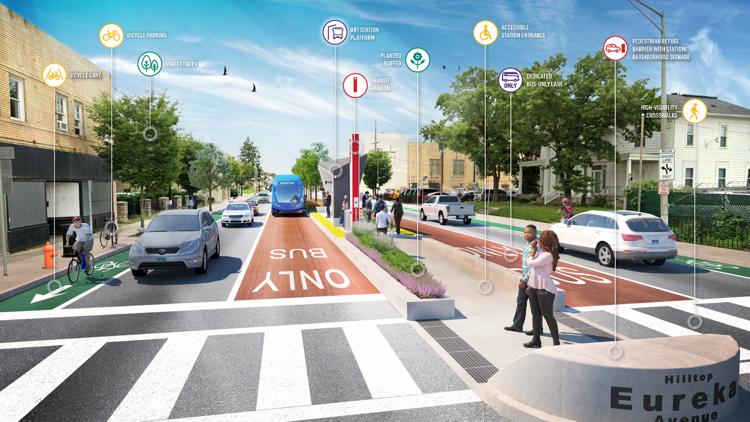COLUMBUS, Ohio — Buses and vans are pretty much the extent of what the Central Ohio Transit Authority has to offer. But COTA's upcoming levy aims to change that and give Columbus residents more options than catching the bus.
"We're the 14th largest city in the nation, without any kind of rapid transit whatsoever," said Monica Tellez-Fowler, president and CEO of the COTA.
If passed, the $8 billion levy would increase the local sales tax in Columbus from 7.5% to 8%, increasing COTA's overall share from 0.5% to 1%. That money will generate public funding for the LinkUS initiative. Officials say this would increase COTA services by 45%.
This story is part of 10TV's "Boomtown" initiative — our commitment to covering every angle of central Ohio's rapid growth. This includes highlighting success stories, shining a light on growing pains and seeking solutions to issues in your everyday life.
The new services include five "bus rapid transit" systems stretching across areas like West Broad Street, East Main Street and the northwest corridor. Similar to Cleveland's "RTA health line" which cuts through their downtown, the transit systems would be much faster than a typical COTA bus.
"Bus rapid transit, which is the first three corridors we're building out, is really similar to a light rail system. So its level boarding platforms, so what that means is people can get on and off easily" said Tellez-Fowler.
If voters approve this levy, drivers will start to see changes along West Broad Street come 2028. The road would be down to one lane in each direction to make room for a rapid transit system in the middle of the street.
Renderings of COTA's plan to expand public transit, access to sidewalks and bikeways
While these areas are already highly traveled, COTA officials say cutting them down to one lane to make room for public transportation options is in the best interest of central Ohio, which is growing fast. Cota is hoping more residents work public transit options into their plans.
"So think about we're adding 700 (thousand) to a million additional people in this region, what does that mean if they're all in cars and on the road," said Tellez-Fowler.
Additionally, the levy creates room for 14 new bus lines and the construction of sidewalks and biking trails. This would connect areas like Dublin, Gahana and Reynoldsburg back to the metro.











